Free home visits
with a local audiologist
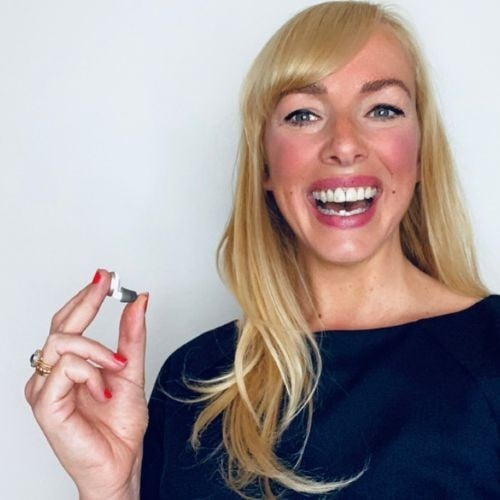
Head of Customer Content Experience

Audiology Expert
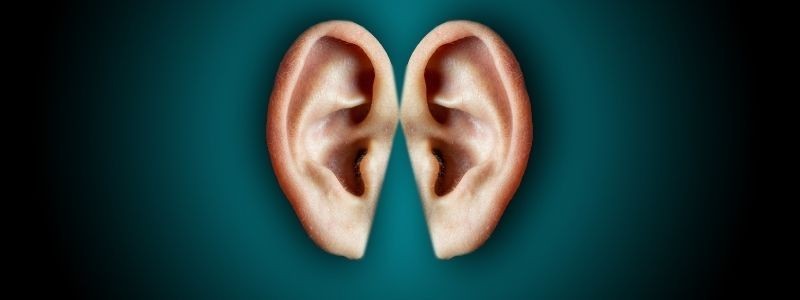
#SaveYourHearingDay #NationalSaveYourHearingDay
Save Your Hearing Day is an important annual observance that aims to bring attention to the significance of protecting and preserving our hearing health. Celebrated on May 31st, this day serves as a reminder to individuals of all ages to take proactive steps in safeguarding their ears from potential damage.
It encourages raising awareness about the harmful effects of excessive noise exposure and promotes healthy hearing practices such as using hearing protection in loud environments, maintaining safe listening volumes, and seeking professional advice for any concerns. By emphasising the value of our sense of hearing, Save Your Hearing Day advocates for a lifetime of auditory well-being and enjoyment.
In this article, we ask ourselves - How can we try and keep listening safe whilst wearing our headphones? How can we avoid noise-induced hearing loss? How can we make a quieter home? With this basic information, we hope that it encourages you and your family to adopt more healthy hearing habits by understanding the risks.
Sound transforms the world around us. Sound can also help us to relax, take time out, and switch off. All we need to do is put on our headphones and escape to the sound of music, podcasts, and audiobooks. Sound is also something to be wary of, as it can cause hearing loss by damaging part of our inner ears permanently, which can worsen over time.
Noise-induced hearing loss is when tiny hair cells (or stereocilia) in the inner ear are damaged due to being exposed to loud noises for too long. When this happens the hair cells are unable to send information about the sounds you hear to the brain. This type of hearing loss is permanent and commonly treated and supported by digital hearing aids.
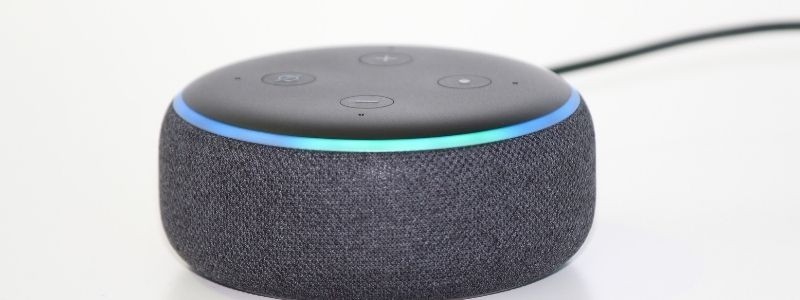
To make it easier, we can break down the main factors of harmful listening into three categories:
We are a world that loves our devices, earbuds, and headphones. We can relax and listen to anything without being bothersome to others. However, the sound you hear in your headphones has the potential to be as loud and intense as a rock concert.
If we were to put safe listening levels db into perspective - personal audio devices can range from 75 dB to 136 dB. Around 85 dB is the level at which you are at more risk of hearing impairment over long periods of exposure.
So what is safe? In reality, it all depends on different things. Safe or 'green-level' sound is like an everyday conversation or using your vacuum cleaner at home. It's also about the danger of the duration of loud sounds, not just the level. The longest you can expose yourself to below 85 dB, for instance, is around eight hours.
But here are a few other realities of how long it can take to increase the risk of damaging your hearing:
So, what is a safe listening volume? Sounds at or below 70 dB are considered safe. Any sound at or above 85 dB is more likely to damage your hearing over longer periods of time. What about safe listening levels for headphones? On average, listening at half the available volume is safe for most headphones, reaching around 60-80 dB range.
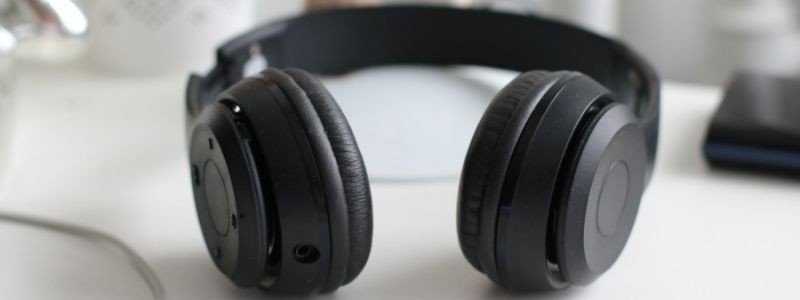
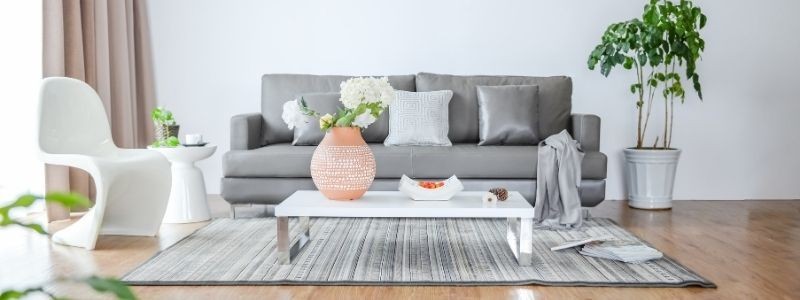
Lately, we have been spending more time at home and might be exposing ourselves to more sound than usual. Here are some useful tips to assist a quieter home for you and your family that you can implement now and for the future:
It's also always good to get into the habit of limiting the number of noises happening at the same time. Remember to close windows if there are loud noises outside, like lawnmowers or leaf blowers.
If you think your hearing has changed, it is vital that you get your hearing checked with a hearing professional.
A hearing test will highlight any hearing challenges you have and diagnose if you have some level of hearing loss. If you would like to discuss how we can help you and your hearing health.
Call us free on 0800 567 7621
Do not spend hundreds of pounds without getting a second opinion from us.
 Not only are the prices great, but the service is fantastic! Many thanks to your team.
Not only are the prices great, but the service is fantastic! Many thanks to your team.If you are looking at this page then it is likely that an audiologist has suggested that you purchase this particular hearing aid, so is this the best model for you?
In general, any audiologist will always be recommending to you the model that best suits your needs. Here is a useful check list to make sure that is the case.
If in doubt, feel free to give us a call. That's what we're here for.
If you have a significant hearing loss in both ears, you should be wearing two hearing aids. Here are the audiological reasons why:
Localisation. The brain decodes information from both ears and compares and contrasts them. By analysing the miniscule time delays as well as the difference in loudness of each sound reaching the ears, the person is able to accurately locate a sound source. Simply put, if you have better hearing on one side than the other, you can't accurately tell what direction sounds are coming from.
Less amplification required. A phenomena known as “binaural summation” means that the hearing aids can be set at a lower and more natural volume setting than than if you wore only one hearing aid.
Head shadow effect. High frequencies, the part of your hearing that gives clarity and meaning to speech sounds, cannot bend around your head. Only low frequencies can. Therefore if someone is talking on your unaided side you are likely to hear that they are speaking, but be unable to tell what they have said.
Noise reduction. The brain has it’s own built in noise reduction which is only really effective when it is receiving information from both ears. If only one ear is aided, even with the best hearing aid in the world, it will be difficult for you to hear in background noise as your brain is trying to retain all of the sounds (including background noise) rather than filtering it out.
Sound quality. We are designed to hear in stereo. Only hearing from one side sounds a lot less natural to us.
For most people, the main benefit of a rechargeable hearing aid is simple convenience. We are used to plugging in our phones and other devices overnight for them to charge up.
For anybody with poor dexterity or issues with their fingers, having a rechargeable aid makes a huge difference as normal hearing aid batteries are quite small and some people find them fiddly to change.
One downside is that if you forget to charge your hearing aid, then it is a problem that can't be instantly fixed. For most a 30 minute charge will get you at least two or three hours of hearing, but if you are the type of person who is likely to forget to plug them in regularly then you're probably better off with standard batteries.
Rechargeable aids are also a little bit bigger and are only available in behind the ear models.
Finally, just like with a mobile phone, the amount of charge you get on day one is not going to be the same as you get a few years down the line. Be sure to ask what the policy is with the manufacturer warranty when it comes to replacing the battery.
For most people, the answer is yes. But it's never that simple.
The majority of hearing problems affect the high frequencies a lot more than the low ones. Therefore open fitting hearing aids sound a lot more natural and ones that block your ears up can make your own voice sound like you are talking with your head in a bucket. Therefore in-ear aids tend to be less natural.
However the true answer is we can't tell until we have had a look in your ears to assess the size of your ear canal, and until we have tested your hearing to see which frequencies are being affected.
People with wider ear canals tend to have more flexibility, also there are open fitting modular CIC hearing aids now that do not block your ears.
There is also the age old rule to consider, that a hearing aid will not help you if it's sat in the drawer gathering dust. If the only hearing aid you would be happy wearing is one that people can't see, then that's what you should get.
Most people can adapt to any type of hearing aid, as long as they know what to expect. Have an honest conversation with your audiologist as to what your needs are.
Generally speaking, six or more. Unless it's none at all.
The number of channels a hearing aid has is often a simplistic way an audiologist will use to explain why one hearing aid is better than another, but channels are complex and it is really not that straightforward.
Hearing aids amplify sounds of different frequencies by different amounts. Most people have lost more high frequencies than low and therefore need more amplification in the high frequencies. The range of sounds you hear are split into frequency bands or channels and the hearing aids are set to provide the right amount of hearing at each frequency level.
Less than six channels and this cannot be done with much accuracy, so six is the magic number. However, a six channel aid is typically very basic with few other features and is suitable only for hearing a single speaker in a quiet room. The number of channels is not what you should be looking at, it's more the rest of the technology that comes with them.
As a final note, different manufacturers have different approaches. One method is not necessarily better than any other. For example some manufacturers have as many as 64 channels in their top aids. Most tend to have between 17 and 20. One manufacturer has no channels at all.
Hearing aids are easily lost, misplaced or damaged and typically are one of the most expensive personal possessions an individual can own. We offer hearing aid warranty cover for £80 per year per aid. Find out more here
All our audiologists use the very latest technology and provide the full range of tests to accurately measure your hearing for free. Find out about what we offer all our customers here
Hearing Aid UK offers all their customers free home visiting services and home visits for hearing aids - Including hearing tests, fittings, maintenance, check-ups and much more in the comfort of your own home and at your convenience. Find out more information here
Here, at Hearing Aid UK, we are dedicated to offering low hearing aid prices. We achieve this by having no head office and low marketing costs. Our hearing aid prices are amongst the lowest you will find anywhere in the world.
When we refer to a product as 'Latest Launch', we mean it is the latest to be released on the market.
When we refer to a product as 'New', we mean that the product is the newest hearing aid model on the market.
When we refer to a product as 'Superseded', we mean that there is a newer range available which replaces and improves on this product.
When we refer to a product as an 'Older Model', we mean that it is has been superseded by at least two more recent hearing aid ranges.